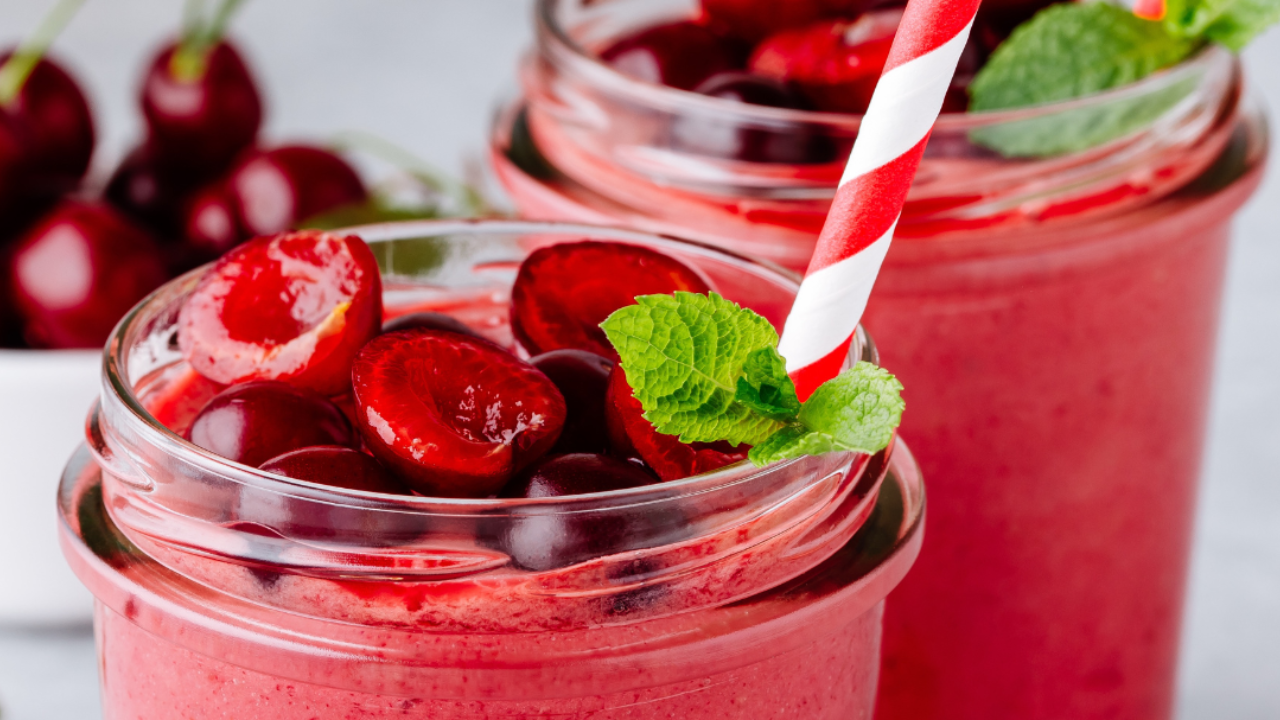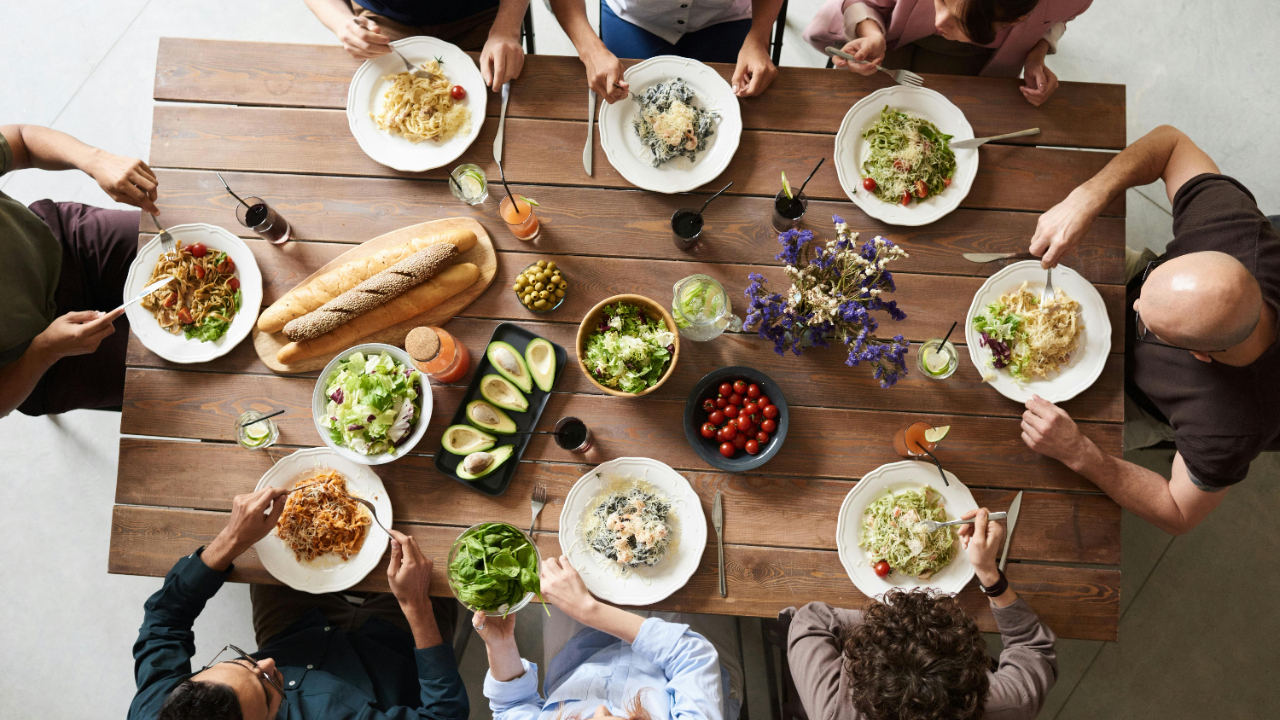FODMAP and GI Distress
Oct 08, 2023
If you are one of the 30-90% of endurance athletes who suffer from some form of GI distress, understanding FODMAPs may be a game-changer for you. FODMAPs, an acronym for Fermentable Oligosaccharides, Disaccharides, Monosaccharides and Polyols, represent a group of short-chain carbohydrates that some athletes struggle to digest.
The FODMAP Connection
These compounds are found in a variety of foods, including certain fruits, vegetables, grains, dairy products and sweeteners. For athletes with GI symptoms or conditions, consuming high-FODMAP foods can be triggers that can lead to symptoms like bloating, abdominal pain, gas, diarrhea, indigestion and reflux, to name a few.
The Low-FODMAP Diet
You probably know that I despise the word “diet” but in this case, it actually holds true as there are certain foods that are eliminated from the daily nutrition plan. A low-FODMAP diet is a strategic approach that involves temporarily reducing or eliminating high-FODMAP foods. This phase allows the digestive system to settle and symptoms to subside. The goal is not to always live under a food elimination umbrella but, rather, to identify trigger foods that exacerbate GI distress symptoms. There are three phases in a low-FODMAP diet:
#1: Elimination Phase
-
- In this phase, high-FODMAP foods are restricted for about 2-6 weeks. This phase helps identify which specific FODMAPs trigger symptoms.
-
#2: Reintroduction Phase
- After the elimination phase, moderate to high FODMAP foods are gradually reintroduced one at a time, allowing athletes to gauge their tolerance to specific types. This phase is crucial for personalizing the daily nutrition plan and expanding food options without triggering GI distress symptoms.
-
#3: Maintenance Phase
- With a clear understanding of which FODMAPs are problematic, athletes can establish a sustainable, long-term eating plan that supports health and performance and minimizes GI distress.
Remember, while the low-FODMAP diet can be immensely beneficial for managing GI distress, it is not intended to be a lifelong regimen. The goal is to identify and understand specific triggers, allowing for a more flexible and varied daily, periodized nutrition plan that is sustainable from year to year.
I have seen great success with athletes who experience GI distress and follow the FODMAP diet progression. By honing in on specific dietary triggers, athletes can pave the way for a balanced, GI symptom-free life, without sacrificing the pleasure of flavorful and nutritious meals. Don’t let anyone tell you it is not possible to eliminate GI distress from your life. It most certainly is with a bit of knowledge, guidance and strategic nutrition interventions.
Of course, each athlete experiences different GI symptoms and conditions. In fact, in my new self-study course, “Eliminating GI Distress in Endurance Athletes”, I discuss 11 of the more popular GI conditions along with symptoms and how to counteract them through proper nutrition strategies. If you would like to learn more about my awesome new course, click HERE.
SUBSCRIBE AND WE WILL DROP SOME HEALTHY INSPIRATION IN YOUR INBOX
We hate SPAM. We will never sell your information, for any reason.






